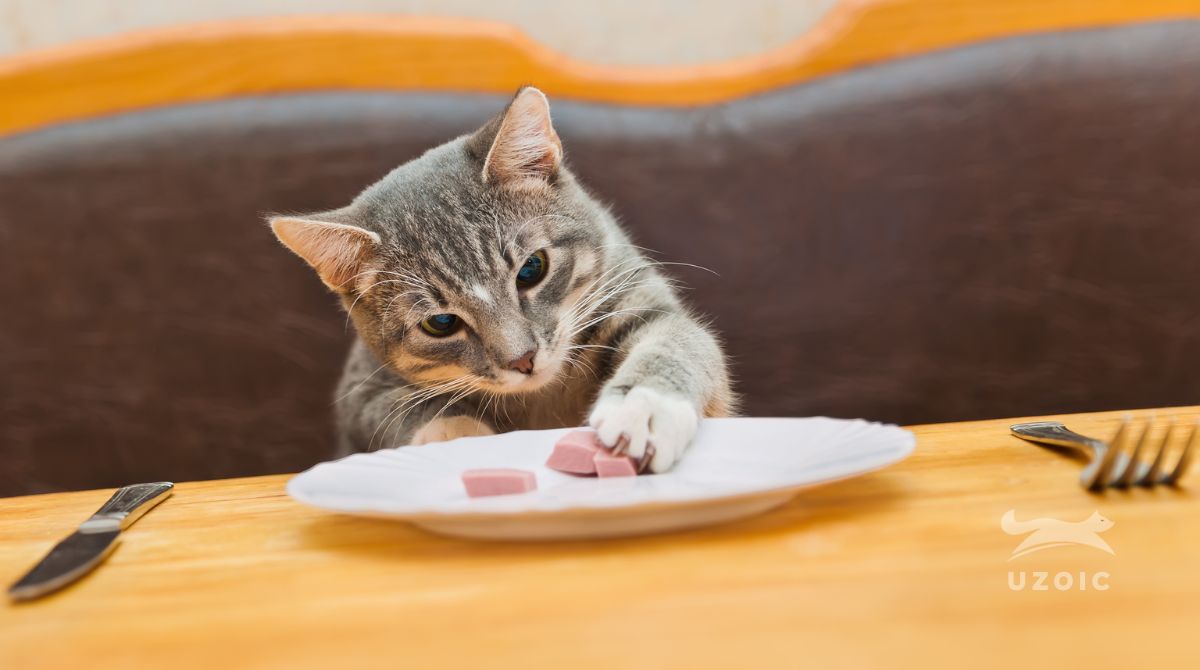Feeding practices for our feline companions have evolved over the years, with cat owners now having access to a plethora of information and options when it comes to choosing what and how to feed their pets. One frequently asked question is whether it’s suitable to give cats cold food. This article aims to provide clarity on the topic, helping cat owners make informed choices.
Table of Contents
1. Understanding a Cat’s Natural Diet
In the wild, a cat’s diet primarily consists of freshly caught prey, which is roughly at ambient temperature. It’s not heated like cooked meals, nor is it chilled like some stored foods. Therefore, their digestive systems are naturally adapted to process food that is neither too hot nor too cold.
2. The Sensitivity of the Feline Palate
Cats have a very sensitive palate and, unlike humans, rely more on their sense of smell to gauge the palatability of food. Cold food tends to release fewer aromas, which might make it less appealing to some cats.
3. The Refrigeration Factor
While refrigerating cat food, especially wet food, can help prolong its shelf life and prevent spoilage, it’s essential to be cautious when serving it. Directly offering cold food from the fridge might not be the best idea for several reasons:
- Digestive Comfort: Suddenly introducing cold food can be a shock to the cat’s digestive system, potentially causing digestive discomfort.
- Teeth Sensitivity: Just as humans can experience discomfort when consuming very cold items, cats might also feel discomfort, especially if they have dental issues.
4. The Ideal Approach to Serving Cold Food
If you do store your cat’s food in the refrigerator, consider the following steps before serving:
- Temperature Transition: Instead of feeding the food straight from the fridge, let it sit out for about 15-30 minutes to reach room temperature. This transition can make the food more palatable and digestible for the cat.
- Mixing Techniques: If you’re in a hurry, consider mixing a bit of cold food with room temperature food to balance out the overall temperature.
5. Safety Considerations
It’s worth noting that while cold food itself isn’t inherently harmful, the duration it has been stored can be a concern. Always check expiry dates, look for signs of spoilage, and remember that once opened, wet cat food should be consumed within a recommended timeframe to ensure freshness.
6. Observing Individual Preferences
Every cat is an individual with its preferences. While some might not mind or even enjoy a slightly chilled meal, others might completely reject cold food. Observing and respecting these preferences is crucial.
Conclusion
In conclusion, while cats can technically eat cold food, it’s essential to ensure that the food is not too cold and has been stored safely. By allowing refrigerated food to come closer to room temperature before serving and being aware of each cat’s unique preferences, cat owners can offer meals that are both safe and palatable for their feline friends.


